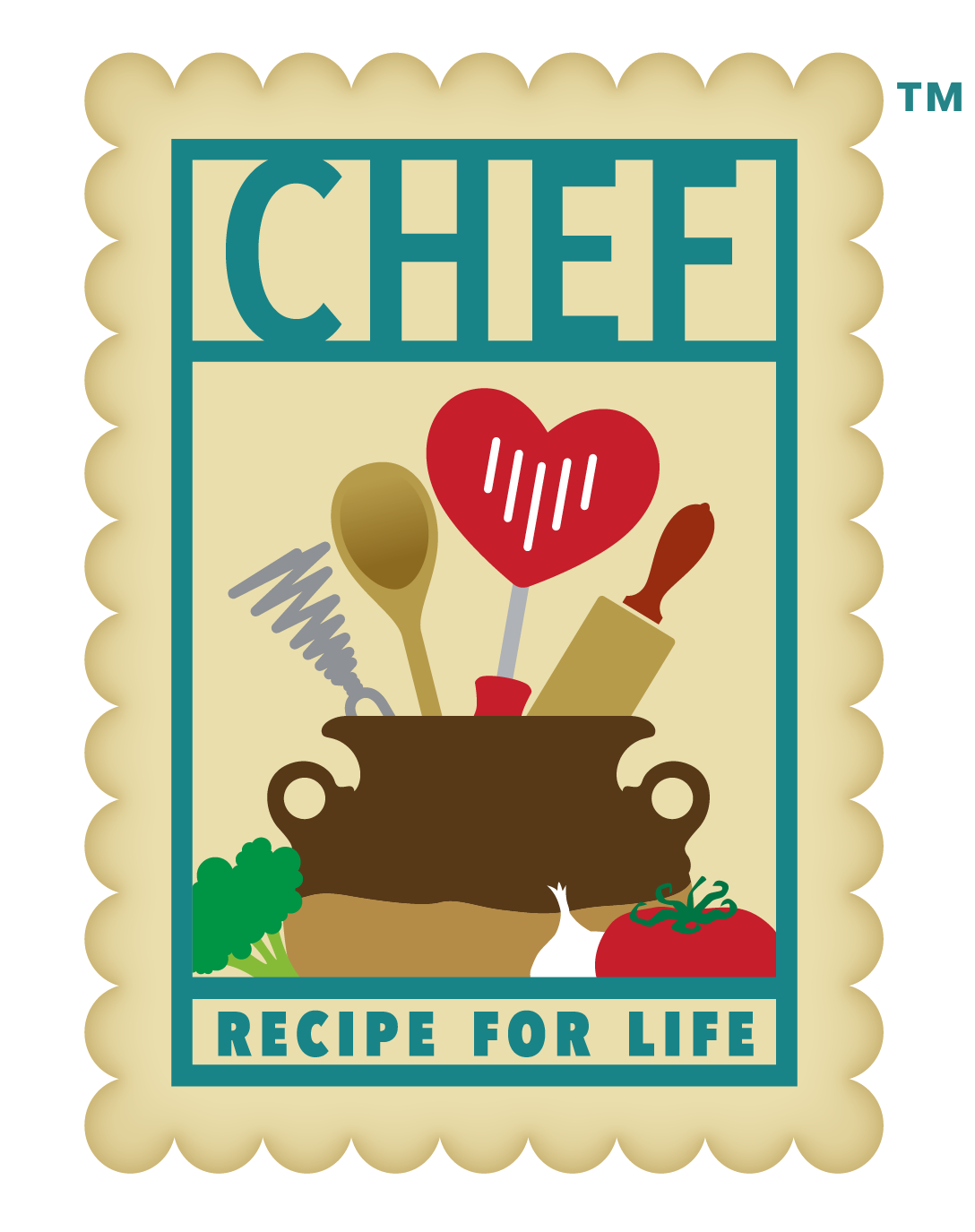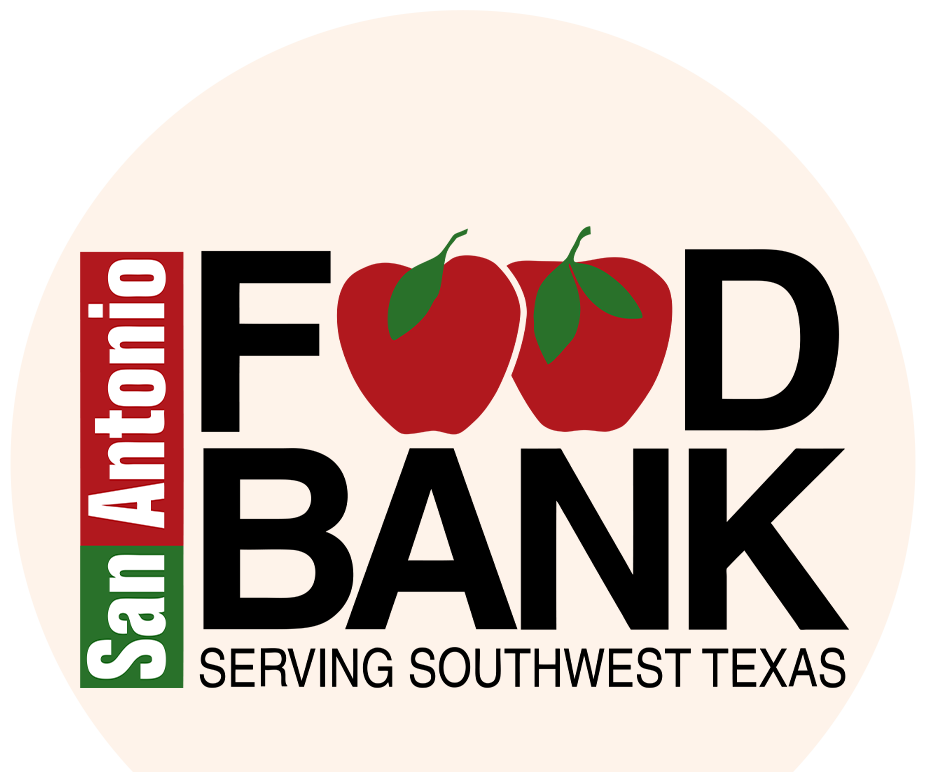Chef
Meal Planning Tips

One of the many challenges our community faces due to the spread of COVID-19, is the change in our typical day-to-day activities. To help flatten the curve and reduce our time in public, we must be more thoughtful as to what our family needs before going out to stock up on essentials. Planning out meals and grocery lists for an extended period can be an added burden to our already hectic lives. To make life a little easier, we’ve put together a list of meal planning tips, smart pantry information, and recipes to use next time you’re headed to the grocery store.
Why Planned Over Meals?
Instead of having leftovers, start prepping for planned overs. These are meals that are created using extra leftover ingredients from previous meals. For example, if you cooked too much chicken breast and don’t feel like eating the same thing tomorrow night, repurpose the chicken and make shredded chicken tacos or add it to a stir-fry. If your meal has leftover grains, add them to a salad for extra fiber or serve them with tomorrow night’s curry.
Planning meals in advance helps with unprecedented situations such as what we are experiencing now with COVID-19 and in the future when we resume with our everyday busy lives of balancing school, work, and family time. Smart planning leads to less time cooking, less money spent on groceries, and most importantly, delicious wholesome meals for the family to enjoy.
How to Get Started
The first step is to organize your pantry and choose your recipes for the week. We recommend starting with a smaller group of recipes that you know your family enjoys, then gradually adding in another 1-2 new recipes. Grouping recipes by common ingredients will simplify shopping and save you money and pantry space.
If it’s been a while since you stocked your pantry or gone shopping, you may want to first go through and get things organized. Start by removing expired ingredients and opened packages that aren’t sealed tightly. Next, review your spices and remove those older than 6 months. While this can be a tedious process, afterwards you’ll have a better idea of what ingredients you’re missing and what you already have stocked up. For more ideas on how to clean out and organize your pantry, check out our blog on how to give your pantry a CHEF-Approved makeover. If you want to go the extra mile, consider creating your own smart pantry. A smart pantry, stocked with wholesome grains, spices, beans, flavorful oils and vinegars, plus a few other essentials makes it easier to prepare delicious meals on even the busiest days of the week. Here’s a checklist of what our experts recommend you keep stocked in your kitchen.
Go Shopping and Start Cooking
Once your pantry is organized make a list of all the ingredients in the recipes you would like to prepare this week. Compare this list to what you currently have in your pantry, fridge, and freezer and then eliminate by crossing out the ingredients what you already have on hand.
After you’ve shopped for the ingredients you need, you’re ready to start cooking. You may find it easier to prepare some of the recipes by batch cooking over the weekend. Weekends usually allow enough time to set aside an hour or two to get some of the recipe basics out of the way. We like to use this time to wash and prep vegetables, prepare seasonings, and marinate or grill proteins. Prepping ingredients is a great way to get the entire family involved in the cooking process. Everyone can find a role in the kitchen, no matter what age. Check out our blog to learn how to involve your children in the cooking process and which culinary skills are appropriate for each age group.
Keep prepped ingredients refrigerated in air-tight containers. Practice safe food handling and follow food safety guidelines to avoid cross contamination risks in your kitchen. Here’s a helpful link from the USDA to ensure you’re cooking safely.
Menu Tips for Planned Overs
- Leftover grilled meats make delicious lunch wraps and add a boost of protein to salads. Try our Steak and Blue Cheese Wrap, or add them to our Strawberry Spinach Salad or Garden Salad.
- Extra raw or cooked vegetables such as tomatoes, mushrooms, bell peppers, and asparagus make for a nutritious addition to a frittata, egg scramble, or omelet. Use them in our Broccoli and Cheese Frittata or Egg Scramble.
- Meats, vegetables, and pasta are perfect for adding to soups. Vegetable, chicken, or beef broth or bouillon cubes are also good ways to give your soup some extra flavor. Check out our Fiesta Chicken Soup and Garden Vegetable Soup.
- Blend herbs or cooked vegetables into sauces you can use throughout the week. Roasted bell peppers make a delicious pureed sauce to be used with eggs, lean meats, or even as a pasta sauce. Chimichurri sauce adds a tasty tang to grilled meats and vegetables. Here’s our version!
- Leftover roasted chicken and bones are an excellent base for homemade broth. Save extra herbs, wine, and vegetables to add flavor and use the broth to build soups. Watch our culinary skills video to learn how to make your own.
- Roasted vegetables such as carrots, bell peppers, broccoli, potatoes, and brussels sprouts add flavor and extra nutrients to a salad or grain bowl. Check out our recipes for Roasted Root Vegetables and Wholesome Whole Grain Bowl.
- Your favorite salad dressings can be used as a marinade or combined with a broth to make a light sauce or poaching broth. We like using our Italian Dressing.
- Stock your freezer with a variety of meats such as ground beef, turkey, chicken, or fish to be used in future meals. Many frozen meats are available in convenient portioned cuts such as chicken breast tenders. These are easy to defrost and provide a quick way to put together a meal. Check out our video on how to defrost foods the safe way and use them in recipes like our Arroz con Pollo, Bolognese Zucchini Pasta, or Herb Rubbed Flank Steak.
- Purchase pantry staples such as grains, rice, pasta, beans, broth, nut butters, and nuts in bulk so that you always have them on hand to put together a quick meal. Our favorite recipes featuring common non perishable ingredients include: Basil Quinoa with Red Pepper and Sunflower Seeds, Penne Pasta with Arugula and Avocado, Three Bean Chili, and Quinoa Lentil Medley.
- Unseasoned frozen vegetables such as corn, green beans, bell peppers, broccoli, and green peas are great to add to a stir-fry or curry. Check out our quick and easy Super Veggie Stir-Fry and Curry in a Hurry for inspiration.
- Add unsweetened frozen fruit such as berries, mango, and peaches to smoothies for sweetness without the added sugar. We like using them in our Mango Smoothie or Tropical Green Smoothie.
- Stock up on oatmeal and non-fat plain yogurt to create tasty breakfast dishes. If you are dairy sensitive, try non-dairy options such as soy milk, almond, coconut, or oat milk. Banana Nut Oatmeal, Cherry Cinnamon Quinoa, Baked Oatmeal, and Super Berry Bowl are delicious breakfast options to fuel your day.
- Keep your pantry stocked with your favorite seasoning blends, dry spices and herbs, vinegar, cooking oils, salad dressings, and condiments. These staples help to make the flavors in a meal complete and allow you to pull together a tasty meal on even the busiest nights of the week. Use our CHEF Pantry checklist to see what we recommend you keep in your kitchen.



